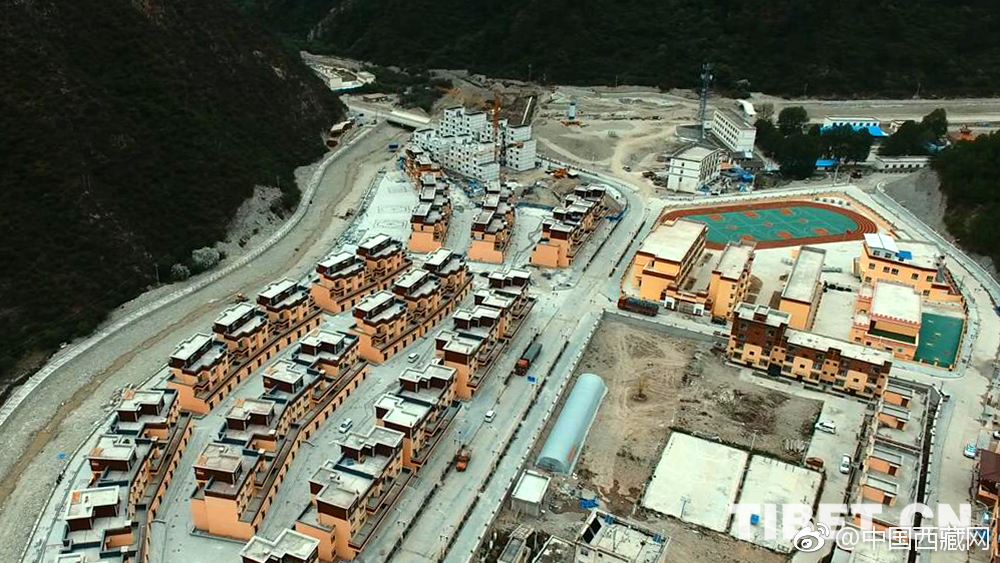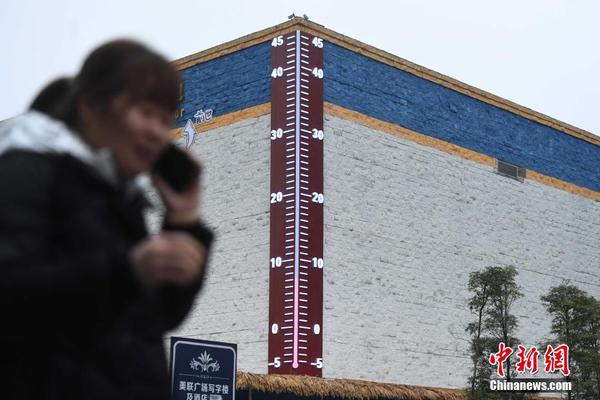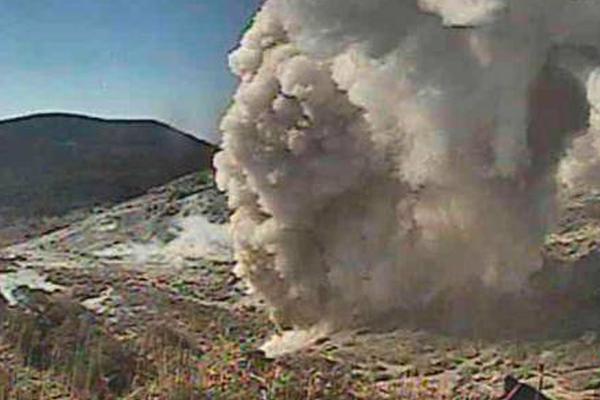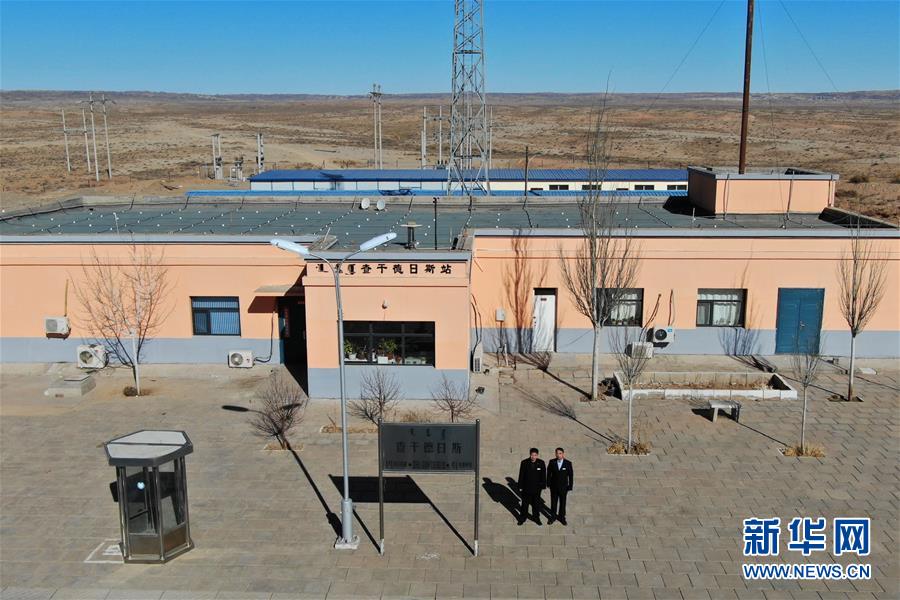
/boot is used to store the files necessary for Linux startup, that is, the content of the boot partition we established. /Dev is used to store the device files of the system. /Etc is used to store various configuration files of the system. /Home is used to store the main directory of each ordinary user in the system. /Lib is used to store system shared library files.
/: Root directory, generally only stores the directory under the root directory, do not store files, /etc, /bin, /dev, /lib, /sbin and the root directory should be placed in the same partition /bin: /usr/bin: the directory of executable binary files, as usual The commands used are ls, tar, mv, cat, etc.
Introduction to the structure of linux file system: Linux's file system refers to the physical space for storing files, similar to disks in Windows. They can be hierarchical and graded to form directories, which is equivalent to a folder structure in the Windows system.
Directory structure: Files and directories in the file system are organized in a hierarchical structure to form a tree-like directory structure. The root directory (/) is the top directory of the file system, which contains various subdirectories and files.
All other files are in the subdirectory of the root file system. /Bin directory /bin directory contains the commands required for boot startup or commands that ordinary users may use (possibly after boot startup). These commands are all binary.The executable program of the file (bin is the abbreviation of binary-binary) is mostly important system files in the system.

1, linCommon commands of ux include pwd command, cd command, ls command, cat command, grep command, touch command, cp command, mv command, rm command, rmdir command, etc. Common commands in linux: pwd command. The English interpretation of this command is print working directory.
2. The working principle of the kill command is to send a system operation signal and the process identification number of a program to the kernel of the Linux system, and then the system kernel can operate on the process specified by the process identification number. For example, in the top command, we see that the system is running many processes, and sometimes we need to use kill to stop certain processes to improve system resources.
3. There are two types of linux commands in the system: built-in Shell commands and Linux commands. Mode switching from graphics to characters #logout or init3. From characters to graphical interface init5. Exit or exit or ctrld. Log out CtrlAltBackspace.
4. The common operation commands of the linux system are as follows: ls: full spelling list, the function is to list the content of the directory and its content attribute information. Cd: full change directory, the function is to switch from the current working directory to the specified working directory. Cp: full copy, its function is to copy files or directories.
5. RightFor the Linux system, whether it is the central processor, memory, disk drive, keyboard, mouse, or user, etc., they are files, and the commands managed by the Linux system are the core of its normal operation. After familiarizing yourself with the commonly used file processing commands in Linux, this lecture will introduce the commands to manage the system and users.
6. The basic commands commonly used in Linux mainly include directory operation commands, file operation commands, file viewing commands, disk management commands, user management commands, system management commands, etc. Directory operation commands: cd, ls, mkdir, pwd, rmdir.
1. Divide a disk logic into several areas, and each area is regarded as an independent disk for easy use and management. For example, Windows' C disk, D disk E disk, etc. 2 partitions are represented in the form of device name + partition number, such as the first partition of the first disk /dev/sda1, the second partition /dev/sda2.
2. super block: record the overall information of the file system, including the total amount of inode/block, the usage, the remaining amount, and the file system format and related information. Inode: record the attributes and permissions of the file, one file occupies one inode, and record the block number where the actual data of this file is located.
3. Linux supports a variety of file systems, including traditional, log and network. The following commands can be queried.
The file system consists of three parts: the interface of the file system, the software collection for object manipulation and management, objects and attributes. From the perspective of the system, the file system is a system that organizes and allocates the space of the file storage device, is responsible for file storage and protects and retrieves the stored files.
Linux system generally has four main parts: kernel, shell, file system and application. Kernel, shellL Together with the file system, it forms a basic operating system structure, which allows users to run programs, manage files and use the system.
File system refers to the Linux system that effectively accesses all the user's files on various storage devices. Linux system files mainly include: 1 ordinary file, such as .cpp file, text file, binary file, etc.
The main file types include the following: ext: ext is the first file system type specifically for Linux, called the extended file system.
Country-wise HS code tariff relief-APP, download it now, new users will receive a novice gift pack.
/boot is used to store the files necessary for Linux startup, that is, the content of the boot partition we established. /Dev is used to store the device files of the system. /Etc is used to store various configuration files of the system. /Home is used to store the main directory of each ordinary user in the system. /Lib is used to store system shared library files.
/: Root directory, generally only stores the directory under the root directory, do not store files, /etc, /bin, /dev, /lib, /sbin and the root directory should be placed in the same partition /bin: /usr/bin: the directory of executable binary files, as usual The commands used are ls, tar, mv, cat, etc.
Introduction to the structure of linux file system: Linux's file system refers to the physical space for storing files, similar to disks in Windows. They can be hierarchical and graded to form directories, which is equivalent to a folder structure in the Windows system.
Directory structure: Files and directories in the file system are organized in a hierarchical structure to form a tree-like directory structure. The root directory (/) is the top directory of the file system, which contains various subdirectories and files.
All other files are in the subdirectory of the root file system. /Bin directory /bin directory contains the commands required for boot startup or commands that ordinary users may use (possibly after boot startup). These commands are all binary.The executable program of the file (bin is the abbreviation of binary-binary) is mostly important system files in the system.

1, linCommon commands of ux include pwd command, cd command, ls command, cat command, grep command, touch command, cp command, mv command, rm command, rmdir command, etc. Common commands in linux: pwd command. The English interpretation of this command is print working directory.
2. The working principle of the kill command is to send a system operation signal and the process identification number of a program to the kernel of the Linux system, and then the system kernel can operate on the process specified by the process identification number. For example, in the top command, we see that the system is running many processes, and sometimes we need to use kill to stop certain processes to improve system resources.
3. There are two types of linux commands in the system: built-in Shell commands and Linux commands. Mode switching from graphics to characters #logout or init3. From characters to graphical interface init5. Exit or exit or ctrld. Log out CtrlAltBackspace.
4. The common operation commands of the linux system are as follows: ls: full spelling list, the function is to list the content of the directory and its content attribute information. Cd: full change directory, the function is to switch from the current working directory to the specified working directory. Cp: full copy, its function is to copy files or directories.
5. RightFor the Linux system, whether it is the central processor, memory, disk drive, keyboard, mouse, or user, etc., they are files, and the commands managed by the Linux system are the core of its normal operation. After familiarizing yourself with the commonly used file processing commands in Linux, this lecture will introduce the commands to manage the system and users.
6. The basic commands commonly used in Linux mainly include directory operation commands, file operation commands, file viewing commands, disk management commands, user management commands, system management commands, etc. Directory operation commands: cd, ls, mkdir, pwd, rmdir.
1. Divide a disk logic into several areas, and each area is regarded as an independent disk for easy use and management. For example, Windows' C disk, D disk E disk, etc. 2 partitions are represented in the form of device name + partition number, such as the first partition of the first disk /dev/sda1, the second partition /dev/sda2.
2. super block: record the overall information of the file system, including the total amount of inode/block, the usage, the remaining amount, and the file system format and related information. Inode: record the attributes and permissions of the file, one file occupies one inode, and record the block number where the actual data of this file is located.
3. Linux supports a variety of file systems, including traditional, log and network. The following commands can be queried.
The file system consists of three parts: the interface of the file system, the software collection for object manipulation and management, objects and attributes. From the perspective of the system, the file system is a system that organizes and allocates the space of the file storage device, is responsible for file storage and protects and retrieves the stored files.
Linux system generally has four main parts: kernel, shell, file system and application. Kernel, shellL Together with the file system, it forms a basic operating system structure, which allows users to run programs, manage files and use the system.
File system refers to the Linux system that effectively accesses all the user's files on various storage devices. Linux system files mainly include: 1 ordinary file, such as .cpp file, text file, binary file, etc.
The main file types include the following: ext: ext is the first file system type specifically for Linux, called the extended file system.
Dynamic commodity risk indexing
author: 2024-12-23 22:31Agriculture import export insights
author: 2024-12-23 22:20Global trade indices and benchmarks
author: 2024-12-23 22:14How to validate supplier compliance
author: 2024-12-23 21:24Marble and granite HS code references
author: 2024-12-23 20:43Automated customs declaration checks
author: 2024-12-23 22:20Best platforms for international trade research
author: 2024-12-23 21:54HS code-based broker fee negotiations
author: 2024-12-23 21:06Global trade tender evaluation tools
author: 2024-12-23 20:41HS code-driven export incentives
author: 2024-12-23 20:05 Global trade barrier analysis
Global trade barrier analysis
645.93MB
Check Trade data for food and beverage industry
Trade data for food and beverage industry
999.23MB
Check HS code-based competitive advantage analysis
HS code-based competitive advantage analysis
556.95MB
Check Global trade data pipelines
Global trade data pipelines
774.43MB
Check HS code-based compliance in Asia-Pacific
HS code-based compliance in Asia-Pacific
565.45MB
Check How to analyze import export documentation
How to analyze import export documentation
665.29MB
Check Customs compliance scorecards
Customs compliance scorecards
967.85MB
Check HS code-driven customs risk scoring
HS code-driven customs risk scoring
441.39MB
Check trade data services
trade data services
616.21MB
Check HS code tagging in ERP solutions
HS code tagging in ERP solutions
362.59MB
Check Cotton (HS code ) trade insights
Cotton (HS code ) trade insights
634.76MB
Check How to choose correct HS code in ASEAN
How to choose correct HS code in ASEAN
487.83MB
Check trade data analysis
trade data analysis
322.84MB
Check How to forecast seasonal import demands
How to forecast seasonal import demands
743.43MB
Check HS code compliance training modules
HS code compliance training modules
779.19MB
Check APAC HS code tariff reductions
APAC HS code tariff reductions
351.83MB
Check Machine tools HS code classification
Machine tools HS code classification
854.85MB
Check Real-time supply chain event updates
Real-time supply chain event updates
457.67MB
Check Plastics (HS code ) import analysis
Plastics (HS code ) import analysis
653.63MB
Check HS code-driven supplier performance metrics
HS code-driven supplier performance metrics
826.67MB
Check HS code guides for Middle East exporters
HS code guides for Middle East exporters
299.76MB
Check HS code alignment with import quotas
HS code alignment with import quotas
137.93MB
Check HS code-driven supplier reduction strategies
HS code-driven supplier reduction strategies
293.85MB
Check Dynamic commodity risk indexing
Dynamic commodity risk indexing
132.38MB
Check How to identify top importing countries
How to identify top importing countries
694.85MB
Check Top trade data keywords for SEO
Top trade data keywords for SEO
679.23MB
Check Comparative trade performance metrics
Comparative trade performance metrics
849.64MB
Check Global sourcing risk by HS code
Global sourcing risk by HS code
453.37MB
Check How to track shipment delays
How to track shipment delays
474.91MB
Check Trade data analysis for small businesses
Trade data analysis for small businesses
936.96MB
Check Exotic wood imports HS code references
Exotic wood imports HS code references
494.12MB
Check Global trade documentation standards
Global trade documentation standards
928.53MB
Check HS code-based SLA tracking for vendors
HS code-based SLA tracking for vendors
719.47MB
Check Trade data-driven portfolio management
Trade data-driven portfolio management
314.62MB
Check Trade flow analysis software
Trade flow analysis software
912.93MB
Check How to evaluate supplier reliability
How to evaluate supplier reliability
531.17MB
Check
Scan to install
Country-wise HS code tariff relief to discover more
Netizen comments More
1604 How to meet import health standards
2024-12-23 22:30 recommend
675 How to calculate landed costs accurately
2024-12-23 21:33 recommend
352 Furniture imports HS code analysis
2024-12-23 21:16 recommend
1760 Industry-specific trade growth forecasts
2024-12-23 20:07 recommend
2057 Top trade data APIs for developers
2024-12-23 20:01 recommend